Are you planning to travel in the next year? Are you starting to think about potential dates and where to go? Some destinations offer year-round diving, while other regions are better to dive during certain months of the year. To make sure you find yourself in the right place, at the right time, we have put together an annual diving calendar which highlights the hotspots around the world in each month. Read on to find out when and where you should take your next dive trip…
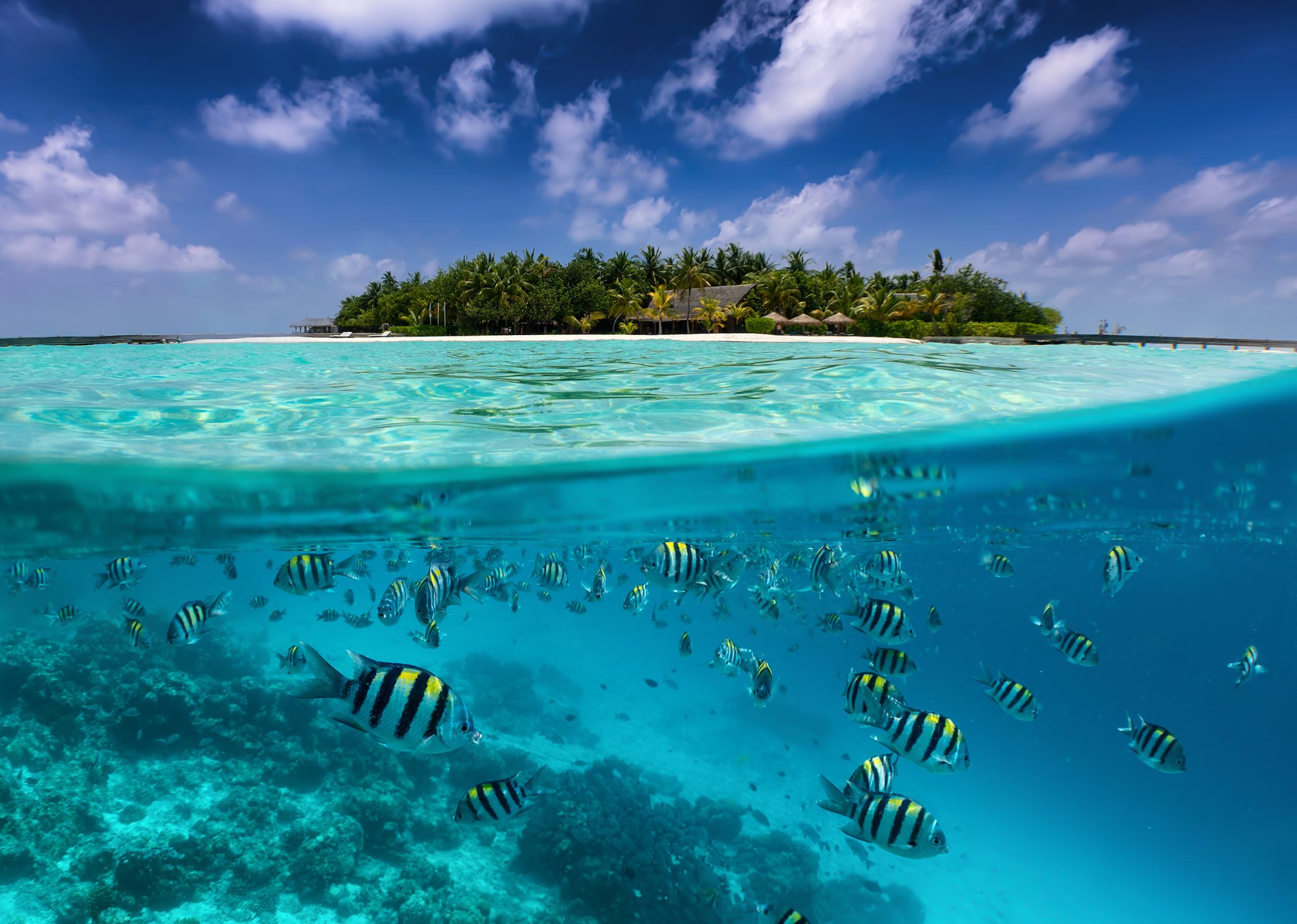
JANUARY
If you live in the Northern Hemisphere, January can be one of the worst months of the year with chilly temperatures and long, dark days. With a good few months ahead until spring, taking a winter trip is a great way to break up the gloomy period with some tropical sunshine!
If Asia is on your bucket list, then the pristine islands of the Maldives in the Indian Ocean or Djibouti and Palau offer great opportunities for pelagic encounters. If the Americas are more your preference, then locations such as Cuba, the Cayman Islands and the Caribbean experience some of their best weather during the month of January.
For snow lovers and those with a thirst for adventure, why not embrace the cold and a dry suit and head for the spectacular land and seascapes of Antarctica!
More about diving these phenomenal destinations in January here.
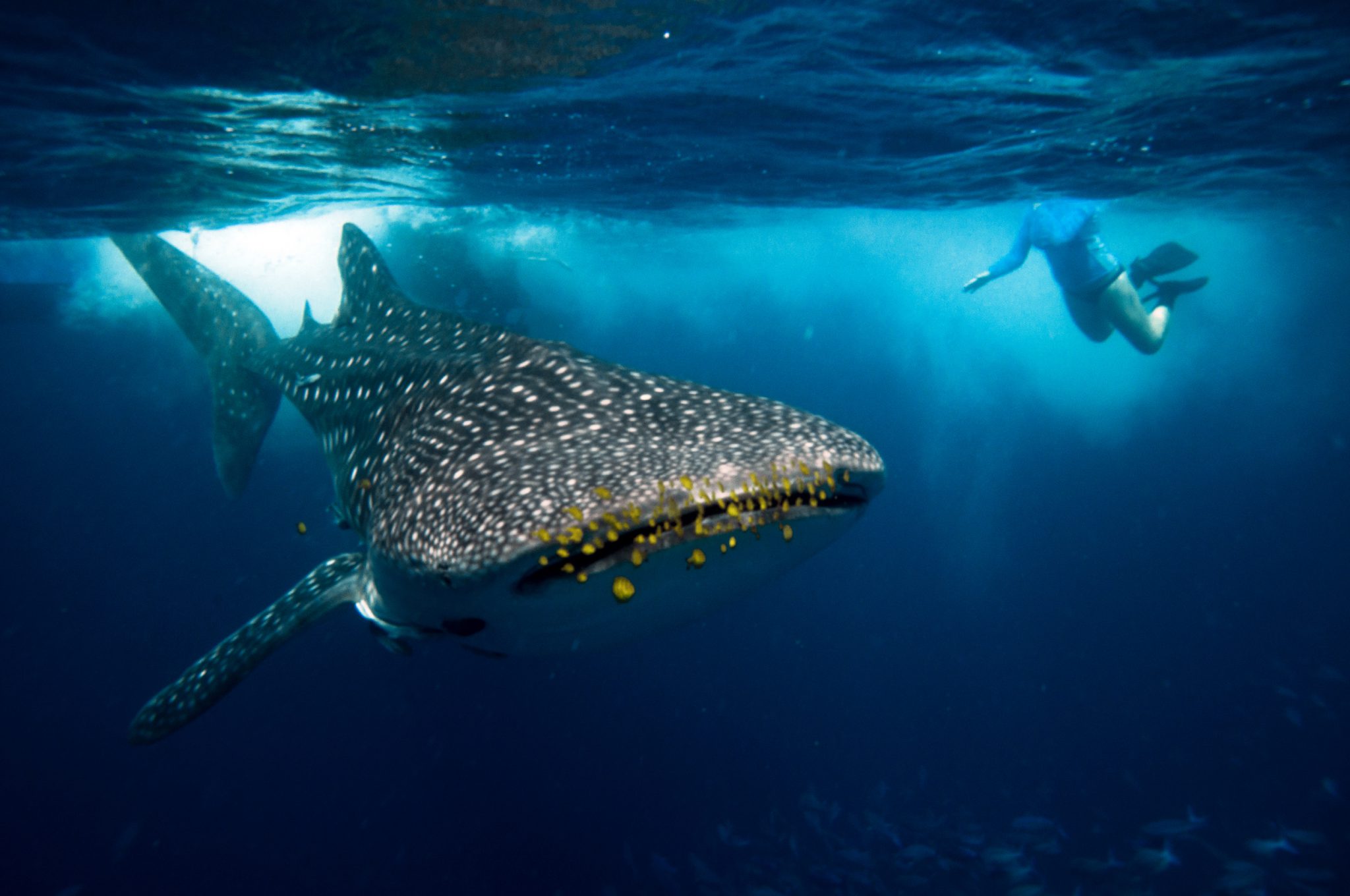
FEBRUARY
The month of February can be a bit of a no-mans-land on the calendar. The festive season seems like a million years ago and summer seems to be equally far away in the future. So why not put your February on your diving calendar and transform this dreary month into a month worth shouting about?
Why get stuck in a rut at home when you could be diving with hundreds of hammerheads in the Bahamas and Malpelo? If Africa is a draw card for you, then February is when you have the best chances of whale shark encounters in Tanzania.
This is also a prime time for several great marine life seasons around the world: Visit Mexico’s Pacific Coast in peak whale-watching season, or meet the mantas of the Andaman Sea and Raja Ampat. If you want to experience something out of the ordinary, head to Iceland for the warmth of the hydrothermal vents.
More about diving these phenomenal destinations in February here.
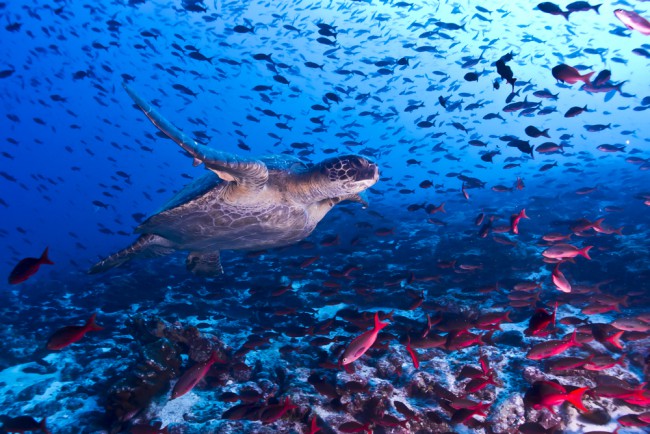
MARCH
In many regions around the world, March marks the beginning of a shift in seasons, and it’s the same in our oceans. During March many destinations experience a similar change in diving conditions.
For those planning a trip to the Caribbean, there is still time as conditions remain calm for a few more months, but larger animals begin to move on the currents. Humpback whales visit the Dominican Republic, and whale sharks can be encountered in Honduras.
The Galapagos Islands also experience impressive marine life migrations during March. This is also the time when large schools of hammerhead sharks and humpback whales are found off the coast of Hawaii.
Some regions are nearing the end of their diving season during March, so if you want to dive in Chuuk (Truk) Lagoon or other islands in the South Pacific, March is the last month to visit – any later than this and you will be better off planning for next season. That being said, the tail end of any season is also when you can pick up some great deals on liveaboards.
More about diving these phenomenal destinations in March here.
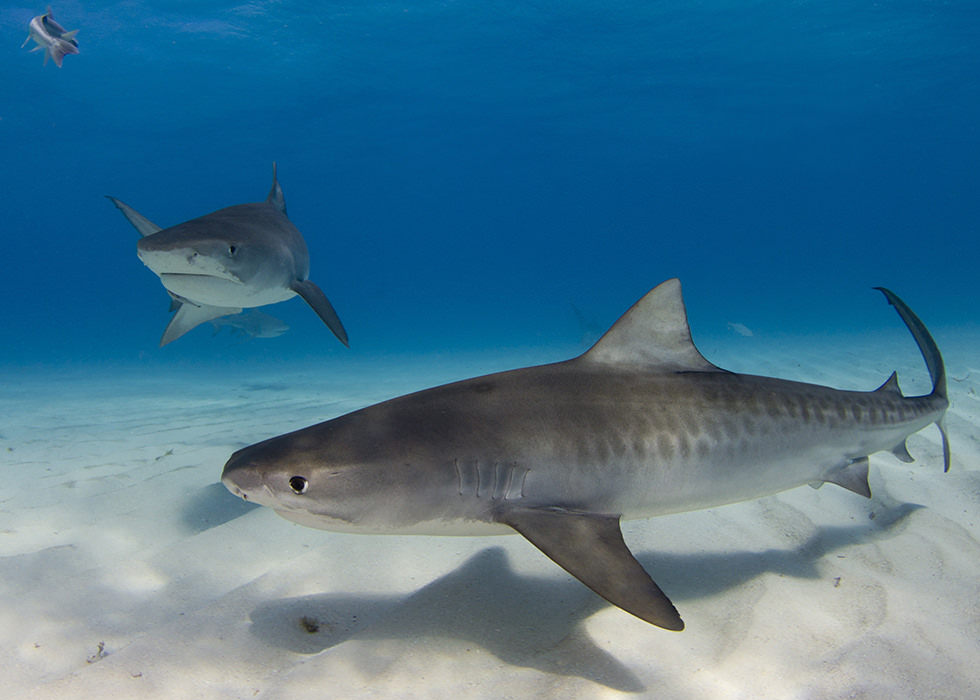
APRIL
Spring is in the air, flowers are beginning to bloom, the clouds are starting to clear and there’s a sense of invigoration after a long winter in the Northern Hemisphere. In the month of April, it’s no less impressive underwater, especially in regions that are coming into their peak.
April is a great month for pelagics too. Check out the Bahamas for tiger sharks, or for whale shark encounters head to Belize or Australia. Many locations in South East Asia offer phenomenal diving during April such as Sipadan Island in Malaysia which experiences its best conditions and marine life sightings during this month.
If you are thinking about travelling in April, plan ahead. April is one of the busiest months in the calendar for travel due to Easter and Spring Breaks. If you leave booking to the last minute, availability may be limited and flight prices higher.
More about diving these phenomenal destinations in April here.
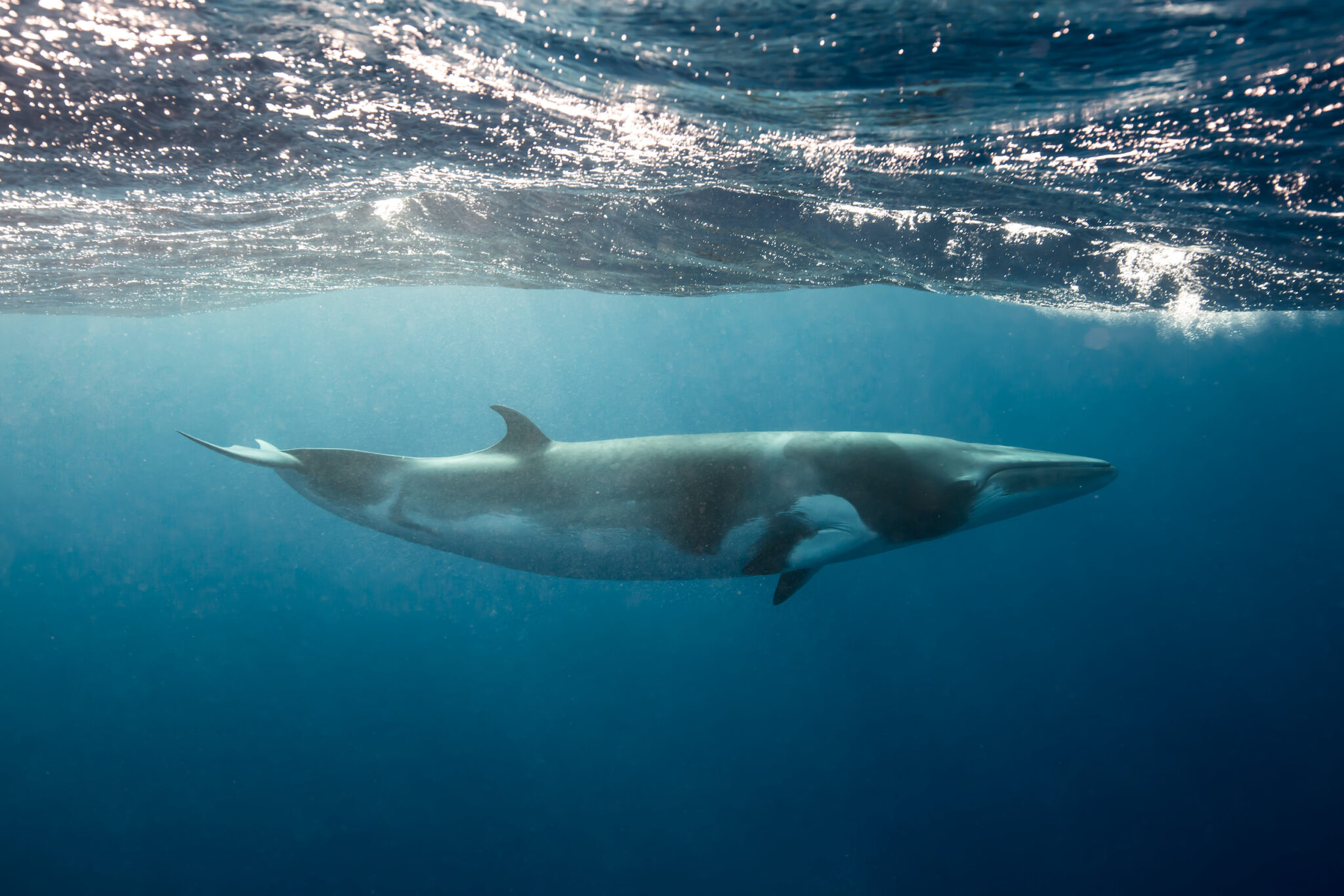
MAY
If you’re wondering where to dive in May, there is no shortage of incredible options. From dwarf minke whales and whale sharks in Australia to uncrowded dive sites in the Komodo Marine Park (Indonesia), great diving can be found around the world in May.
If you are thinking about a liveaboard vacation then May is the best time for pelagic encounters, including manta rays, in Socorro, Mexico. If cavern diving is something you are hoping to tick off your bucket list, the Cenotes (also in Mexico) have the best visibility during the fifth month of the year.
May also offers the best weather in both the Tuamotu Archipelago and French Polynesia.
More about diving these phenomenal destinations in May here.
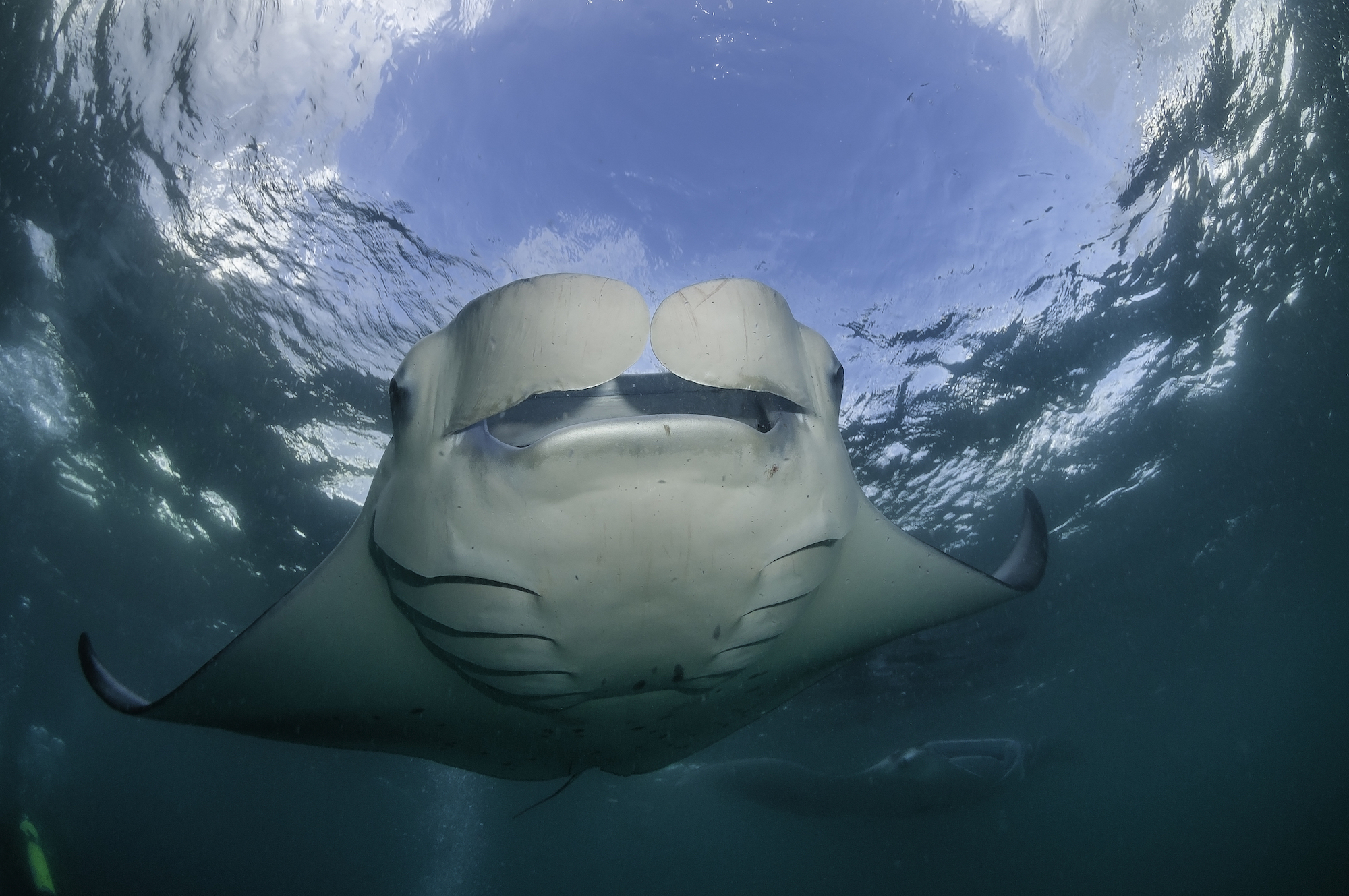
JUNE
If you’re planning a diving holiday in June and want to dive with manta rays then Hanifaru Bay in the Baa Atoll of the Maldives is incredible at this time of year. Due to the Southwest Monsoon there is super-plankton-rich water, which attracts filter feeders including manta rays and whale sharks.
If you’re seeking a world-class wreck diving destination, the season in Bikini Atoll runs from May through to September and is at its peak in June. There are dozens of wrecks including the famous US Saratoga.
Papua New Guinea and the Bismarck Sea are also at their prime in June. Likewise, if you head to the Galapagos Islands you’ll encounter humpback whales and whale sharks.
Also hot in June is the famous Sardine Run in South Africa that takes place during a small window from May to July. This annual phenomenon attracts pelagic lovers and adrenaline loving divers from around the world!
More about diving these phenomenal destinations in June here
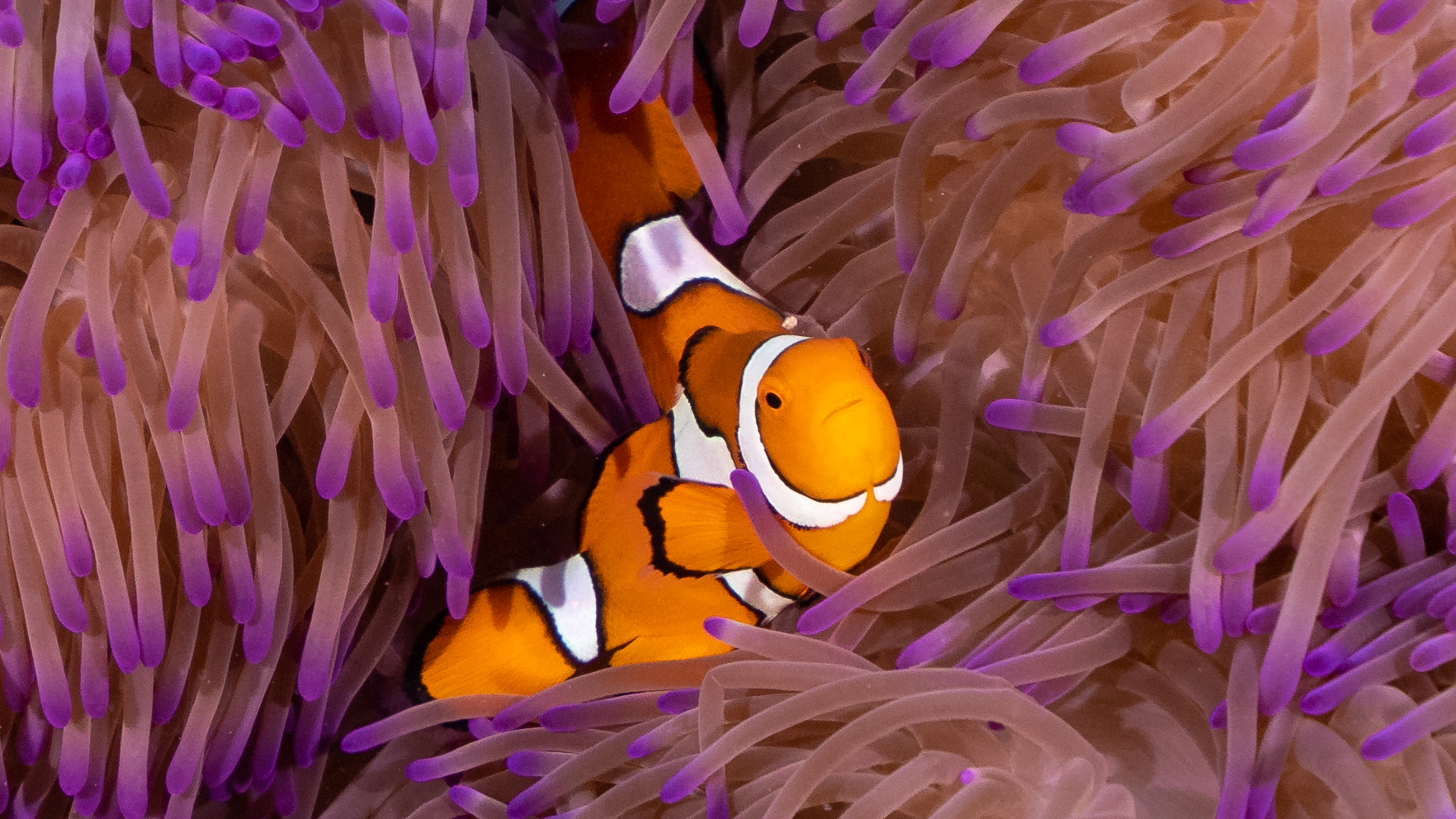
JULY
Australia is well known for its fantastic year round diving. However, from June to November, Australia experiences winter and slightly cooler temperatures on the Great Barrier Reef attract manta rays, whale sharks and minke whales.
Other destinations offering marine megafauna in July are Cocos Island in Costa Rica and Komodo in Indonesia. Cocos Island has plankton blooms from June to December which attract schooling hammerhead sharks. In July the Komodo UNESCO World Heritage Site has cooler water temperatures resulting in phenomenal visibility, manta rays, sharks and an extreme abundance and diversity of marine life.
Finally, one of the best whale shark snorkelling experiences available occurs in July in Isla Mujeres in Mexico. Don’t worry, Isla Mujeres is just offshore from Cancun so there is plenty of incredible diving available too!
More about diving these phenomenal destinations in July here
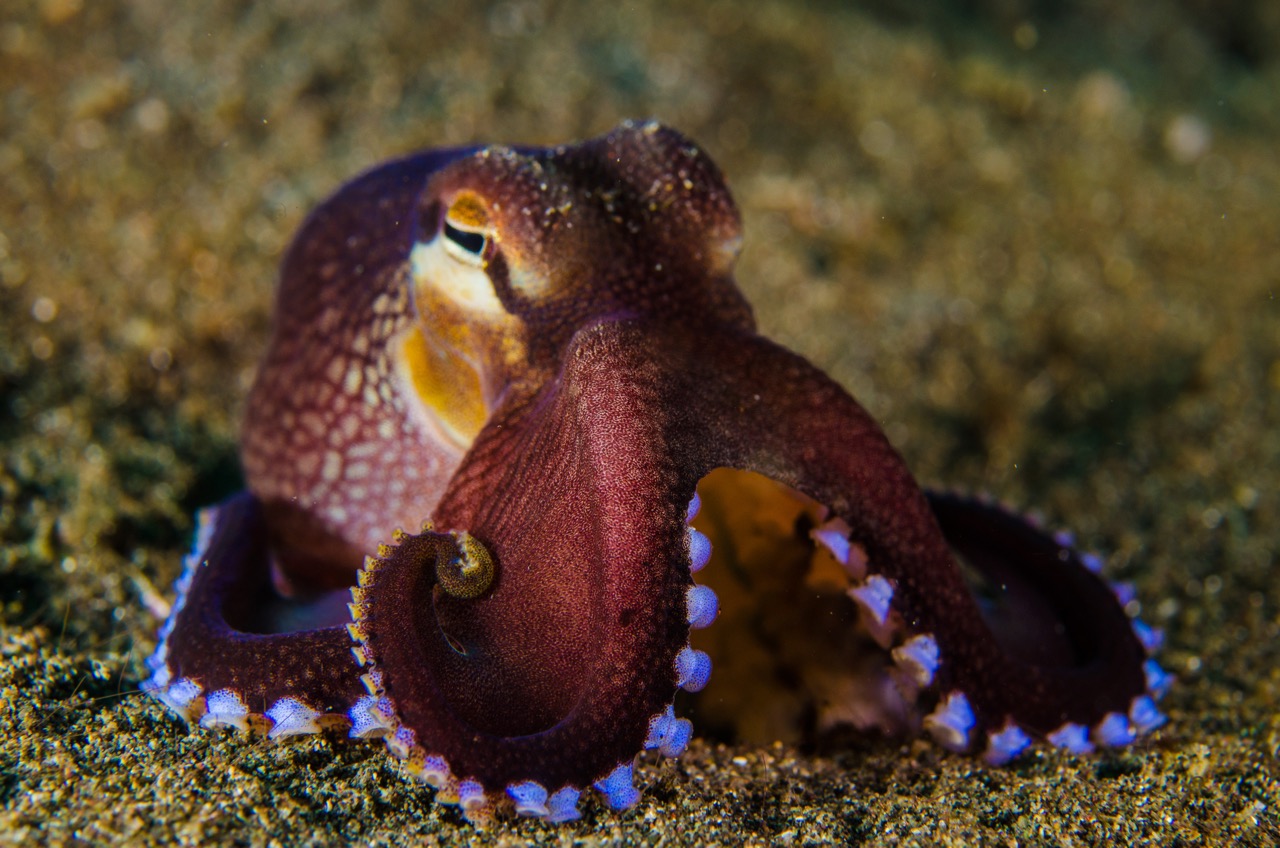
AUGUST
August is packed with some awesome diving opportunities for thrill seekers. From diving with great whites in Guadalupe, Mexico through to phenomenal drift diving and the mola mola season around Nusa Penida in Bali, Indonesia.
For those who want to experience diversity in August, head to North Sulawesi (also in Indonesia) where you can enjoy the world’s best muck diving and underwater photography in the Lembeh Strait before heading to Bangka Island for pinnacles and reefs, followed by the epic wall dive sites of the Bunaken Marine Park. Three destinations in one trip!
Fiji offers some of the best coral reefs in the world and during the month of August the visibility is stellar – allowing you to see the reefs in all of their magnificent glory.
More about diving these phenomenal destinations in August here
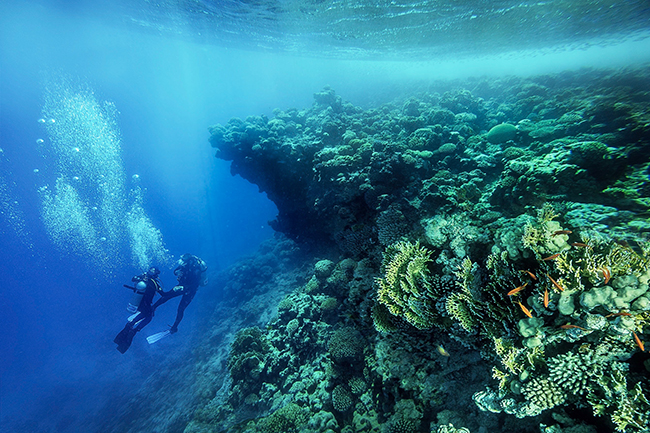
SEPTEMBER
September is a shoulder season month for many destinations around the world, marking the transition from peak season to low season or vice versa.
When considering dive travel in September, Egypt cannot be overlooked. During September Egypt offers calm sea conditions, abundant marine life and the best time to spot thresher sharks in the Red Sea.
For big fish aficionados, Galapagos offers whale sharks, penguins and mola. Be prepared though as sea temperatures are markedly cooler at 19-23°C (66-73°F) with frequent thermoclines. If you are hoping to see manta rays, September is the best month for sightings in Fiji.
Planning to explore within the USA? Hawaii has migrating whale sharks as well as a famous nightly symphony of manta rays. Sea turtles, stingrays, sharks and colourful fish round out an impressive array of marine life during this time of year.
More about diving these phenomenal destinations in September here
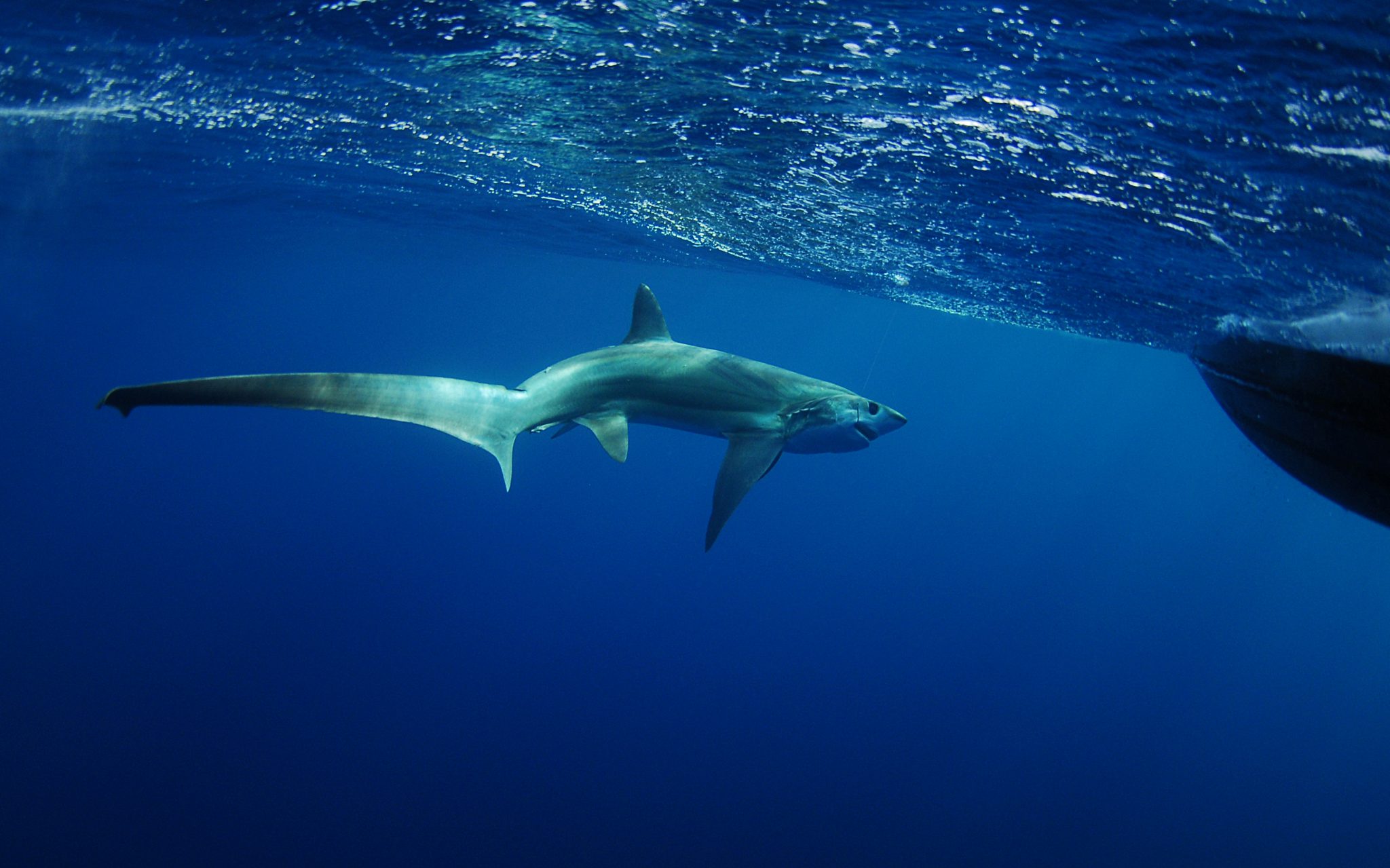
OCTOBER
October is a month of opportunities for scuba divers all around the globe. At this time of year, you can swim with hundreds of manta rays in the Maldives or get up close with sharks in the Seychelles, Philippines, or Sudan. October is one of the best months for spotting whale sharks in Omani waters too.
There’s also great muck and wreck diving in Bonaire and playful sea lions to be found in Mexico.
If you are heading down under you’ll be able to witness the incredible phenomenon of coral spawning on the inshore reefs of the Great Barrier Reef. The inshore reefs usually start spawning between one and six nights after the first full moon in October – a rare event to witness and one not to be missed!
More about diving these phenomenal destinations in October here
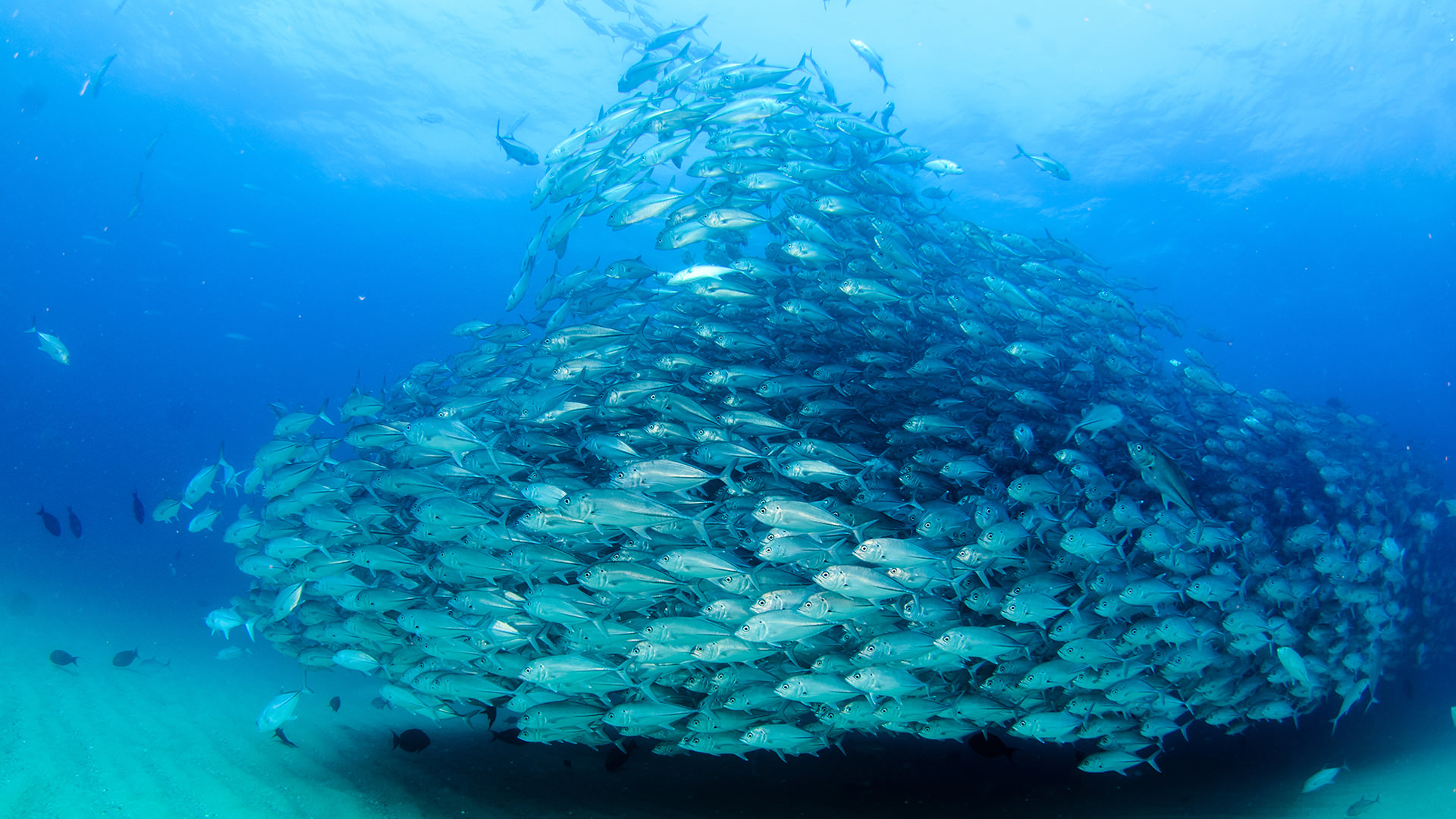
NOVEMBER
Many Equatorial destinations are entering into their peak seasons and offering the most favourable dive conditions of the year during November. In particular, the Galapagos Islands and the Similan Islands in Thailand are in their prime months.
The diving season in Raja Ampat, Indonesia lasts from October through to April with November having fewer rain showers and relatively smooth seas. Primarily dived by liveaboard this means comfortable sailing as well as epic diving!
If you are visiting Ecuador during this month there is a chance see whale sharks and mola mola in the waters of Galapagos. Penguins and sea lions are also more active at this time due to colder sea temperatures.
November is also midway into Palau’s peak season which offers shark diving, wrecks and world-class soft coral reefs. Heavy currents draw in pelagic species such as manta rays, reef sharks and sea turtles.
Is Hawaii calling you? If so, then November is an impressive month to visit. In addition to humpbacks, November’s plankton-rich water attracts an array of large marine life, including whale sharks, sea turtles, sharks and stingrays. Plus, the manta ray night dive is one of the most magnificent manta ray experiences to be found in the world.
More about diving these phenomenal destinations in November here
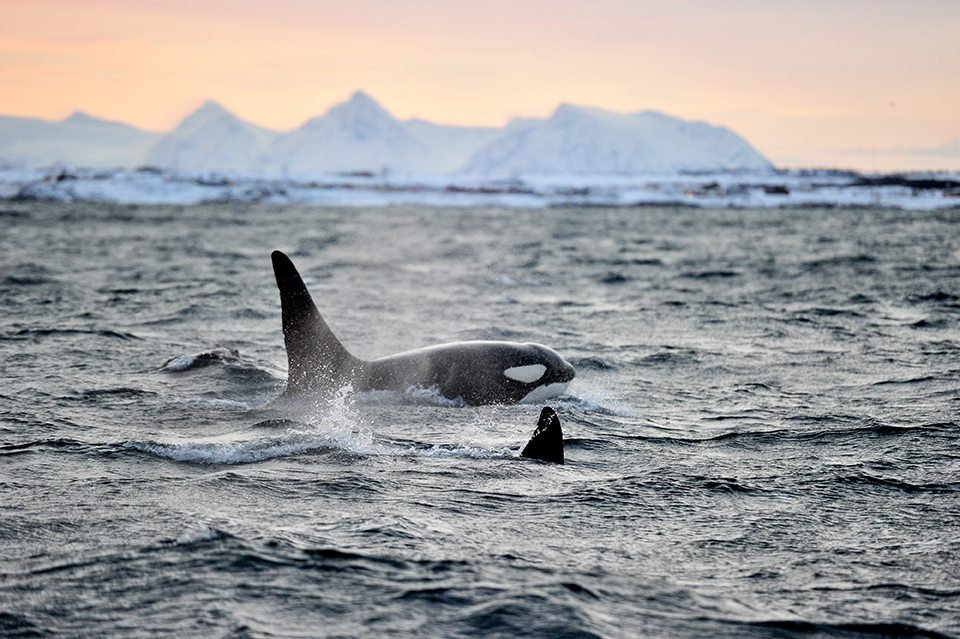
DECEMBER
For those living in the Northern Hemisphere, December often brings with it freezing temperatures, hail, snow and long hours of darkness. However, in other parts of the world things are just starting to hot up!
The southern atolls of the Maldives and the Red Sea in Egypt offer fantastic shark diving during December. Wreck diving in Chuuk Lagoon must also deserve a mention on your list of potential tropical getaway destinations.
For those who prefer to embrace the cold, we suggest heading to Norway. The long Norwegian coastline, with its thousands of islands, deep fjords, wrecks and abundant marine life, offers some of the best cold water diving in the entire world. December is the month which brings in pods of orcas and humpback whales that patrol the coastline.
If you prefer to head off the beaten track then it’s hard to beat a liveaboard in Myanmar during December. Burma Banks and the Mergui Archipelago offer a glimpse of unspoiled reefs and they are home to schools of devil rays, nurse sharks and occasional whale sharks and manta rays. There is also impressive macro including frogfish, and a host of crustaceans, cephalopods and nudibranch.
More about diving these phenomenal destinations in December here
All you have to do now is make the tricky decision about when to travel and where to! The world’s oceans are ready for you to explore at any time!
Share This
